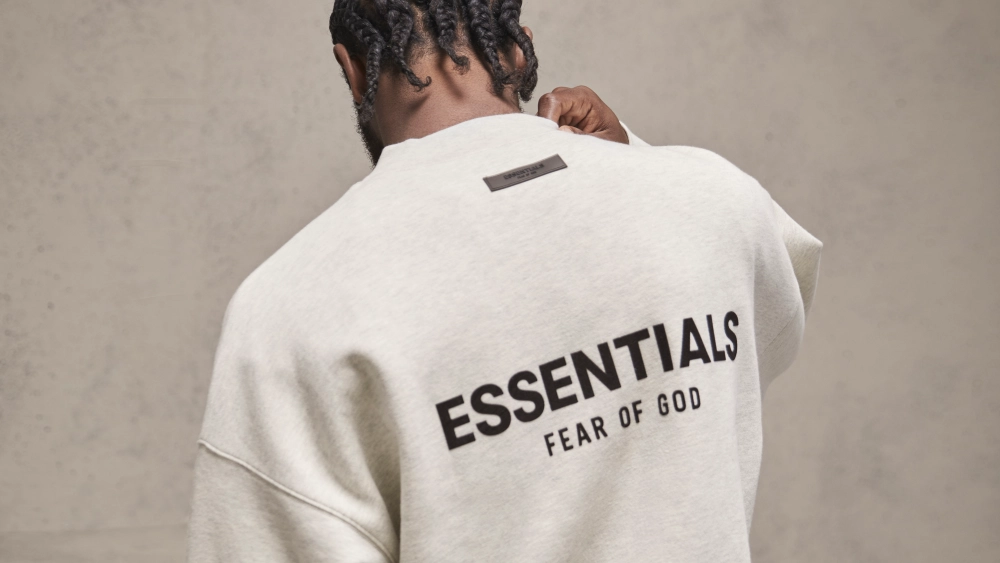Sustainable fashion has gained significant momentum in recent years as consumers become increasingly aware of the environmental and social impact of the clothing industry. One area where sustainable practices make a notable difference is sweat suit design. Sweat suits, often associated with comfort and leisure, have also become a canvas for innovative eco-friendly choices. This article explores the intersection of fashion and sustainability, highlighting the various ways in which designers are incorporating environmentally conscious materials and production processes into the creation of stylish and eco-friendly sweat suits. From sustainable fabric choices to ethical manufacturing practices, this article will showcase how the fashion industry is evolving to meet the demands of conscious consumers while still delivering comfort and style.
Sustainable Fabrics
One of the primary considerations in sustainable sweat suit design is the choice of fabrics. Traditional sweat suits are often made from synthetic materials like polyester, which have a significant environmental footprint due to their production process and non-biodegradable nature. Designers are now turning to eco-friendly alternatives such as organic cotton, hemp, Tencel, and recycled materials.
Organic cotton, grown without synthetic pesticides or fertilizers, reduces the environmental impact of cotton production. Hemp, known for its durability and low water requirements, is gaining popularity in sweat suit design. Tencel, a fabric made from sustainably sourced wood pulp, offers a silky feel while being biodegradable. Additionally, recycled materials, such as polyester made from PET bottles or reclaimed cotton, promote circular fashion by reducing waste and conserving resources.
Dyeing and Printing Techniques
The dyeing and printing of Essentials sweat suits can have a significant environmental impact. Conventional dyeing processes often involve harmful chemicals and excessive water usage. Sustainable designers are opting for low-impact dyeing methods, using natural dyes or water-based inks. These techniques minimize water pollution and reduce the use of harmful chemicals, ensuring that the environmental footprint of the sweat suits is minimized.
Furthermore, digital printing has gained popularity in sustainable fashion. This method allows for precise and efficient printing, reducing ink wastage compared to traditional screen printing. Sustainable designers also explore techniques like block printing, which uses minimal resources and can create unique and artistic designs on sweat suits.
Ethical Manufacturing
In addition to sustainable materials and production processes, ethical manufacturing practices play a crucial role in creating eco-friendly sweat suits. Designers are increasingly mindful of the social and ethical aspects of their supply chains. They are partnering with factories and artisans that prioritize fair wages, safe working conditions, and sustainable practices.
Transparency is a critical component of ethical manufacturing. Many brands are open about their supply chain, allowing consumers to trace the journey of their sweat suits from raw materials to finished products. This transparency builds trust with consumers concerned about the ethical implications of their fashion choices.
End-of-Life Considerations
Sustainability doesn’t end with the purchase of an essentials sweat suit. Designers are also considering the end of the product’s life cycle. Some are using design techniques that facilitate recycling or upcycling, making it easier for consumers to repurpose or recycle their sweat suits when they are no longer in use.
Additionally, brands are exploring take-back programs, where customers can return their old sweat suits for recycling or repurposing. This reduces textile waste and encourages a circular fashion economy.
Sustainable fashion in sweat suit design is not only about making eco-friendly choices in materials and production processes but also about fostering ethical practices and considering the entire lifecycle of the product. Designers are increasingly aware of their responsibility to the planet and society, and they are responding by creating stylish and comfortable sweat suits that align with these values. As consumers, we have the power to support these initiatives by making informed choices and demanding transparency from the brands we choose. By embracing sustainable sweat suit design, we can not only look good but also feel good about our impact on the environment and the people behind our clothes.

Average Rating